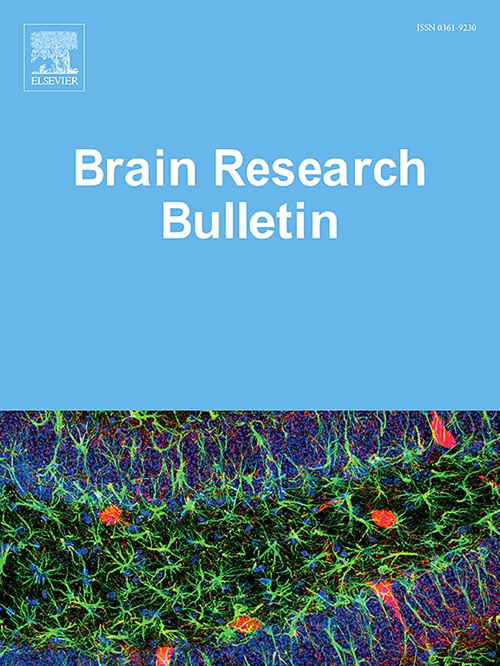Glutamatergic dysfunction in neurodegenerative diseases focusing on Parkinson's disease: Role of glutamate modulators
IF 3.5
3区 医学
Q2 NEUROSCIENCES
引用次数: 0
Abstract
Parkinson's disease (PD) is a prevalent neurodegenerative disorder resulting from the degeneration of dopamenergic neurons in the substantia nigra pars compacta (SNpc). Research has predominantly centered on understanding the dysfunction of dopaminergic neurotransmission in PD. Recently, more studies discussed the potential role of other neurotransmitters in PD neuropathology. One of the most important non-dopaminergic neurotransmitters involved in the pathogenesis of PD is glutamate, which is widely involved in glutamatergic neurotransmission in different brain regions, including SNpc. The development and progression of PD neuropathology and levodopa-induced dyskinesias (LID) are associated with glutamate neurotoxicity. Therefore, this review seeks to explore the possible involvement of glutamatergic signaling in PD development and assess the therapeutic potential of glutamate receptor antagonists in treating the disorder.
求助全文
约1分钟内获得全文
求助全文
来源期刊

Brain Research Bulletin
医学-神经科学
CiteScore
6.90
自引率
2.60%
发文量
253
审稿时长
67 days
期刊介绍:
The Brain Research Bulletin (BRB) aims to publish novel work that advances our knowledge of molecular and cellular mechanisms that underlie neural network properties associated with behavior, cognition and other brain functions during neurodevelopment and in the adult. Although clinical research is out of the Journal''s scope, the BRB also aims to publish translation research that provides insight into biological mechanisms and processes associated with neurodegeneration mechanisms, neurological diseases and neuropsychiatric disorders. The Journal is especially interested in research using novel methodologies, such as optogenetics, multielectrode array recordings and life imaging in wild-type and genetically-modified animal models, with the goal to advance our understanding of how neurons, glia and networks function in vivo.
 求助内容:
求助内容: 应助结果提醒方式:
应助结果提醒方式:


